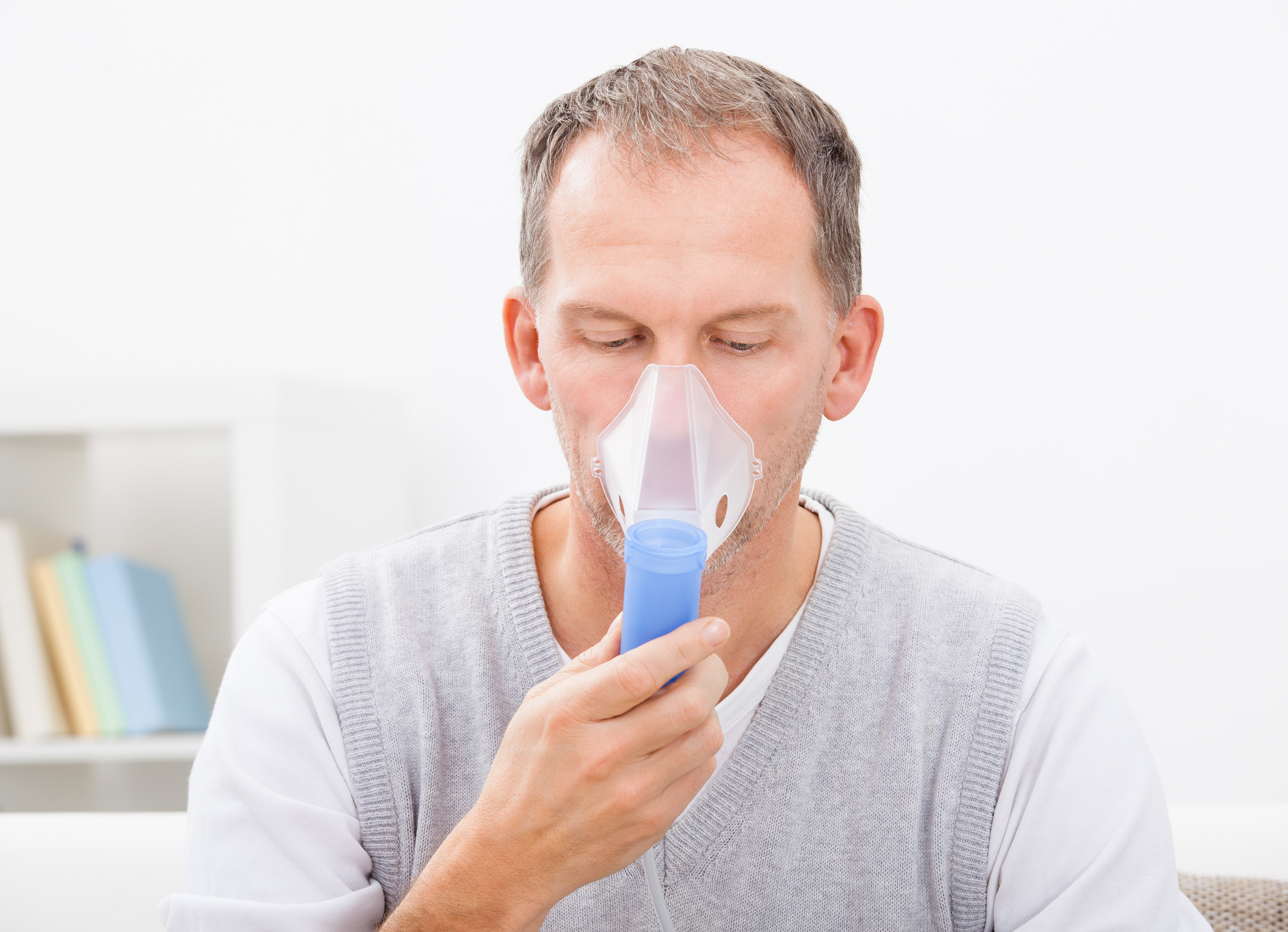Respirator Care

If you or a loved one has been put on a home respirator unit, it can be a little daunting just getting used to the thing, let alone having to learn to take care of it too. So here are some things you need to look out for in the care of your new device.
Checklist for Respirator Care
- Inspect the respirator before and after every use and during cleaning.
- Inspect “Emergency Use” equipment monthly, as well as after each use.
- Replace any and all parts that are cracked, torn, broken, missing or worn.
- Follow manufacturer instructions and consult the CSA Standard Z94.4-11 Selection, Care, and Use of Respirators for information on caring for, maintaining and storing your unit.
Facepiece
- Make sure no tears or holes are present.
- Inspect for any cracked, scratched or loose-fitting lenses. For a full facepiece respirator, check for any missing mounting clips.
- Make sure that the metal nose clip forms easily over the bridge of the nose on disposable units.
- Make sure the edges of the facepiece are not rippled or distorted.
Head strap/Harness
- Check the webbing for any breaks.
- Look for any deterioration of elasticity or fraying edges.
- Test head harnesses that have been excessively worn
Filter Elements
- Make sure the filter and mask are certified to be used together.
- Check to see the filter has been approved for the hazard.
- Check both filter threads and the facepiece threads for wear, and see they are screwed together properly, and that there isn’t any cross threading.
- See that the filter housing has no cracks or dents
- Check the end of service life indicator for gas masks, and check the expiration date.
Air Supply System
- Check the air-supply hos and the end-fitting attachment for breaks, cracks, or kinks.
- Test the tightness of connections.
- Ensure the proper operation and condition of all regulators, valves or other airflow devices.
- Monitor the operation of air-purifying elements and carbon monoxide or high-temperature alarms.
- Check seams in suit or blouse for rips or tears.
- See that the protective screens are intact and fit correctly over the facepiece (abrasive blasting hoods and blouses).
Respirator Battery Pack
- Follow manufacturer instructions for both charging and discharging unit.
- Before recharging nick-cadmium (NiCad) batteries, fully discharge them with a discharger specially designed for those types of batteries. If not done regularly, the NiCad batteries may not give power for as long as specifications state.
- See that batteries are fully charged before use.
Repair, Cleaning, and Storage
- Do not clean with solvents.
- Follow manufacturer instructions.
- Wash with a mild detergent or a combination of detergent and disinfectant.
- Use a brush and warm water (49-60 degrees Celsius or 120-140 degrees Fahrenheit).
- Rinse with clean water, or rinse once with a disinfectant and once with clean water. Clean water gets rid of excess detergent or disinfectant that can cause skin irritation or dermatitis.
- Dry on a rack or clean surface or hang from a clothes line. Position the device so that the faceplate rubber won’t “set” crookedly as it dries.
- Store the device at the end of each shift to protect from dust, sunlight, heat, extreme cold, excessive moisture, and chemicals.
- Clean and disinfect devices after each use, where appropriate.
- Only allow trained and qualified personnel to repair respirators.
- Do not mix parts from different manufacturers.
- Record all repairs and inspections.
- Remove dirt.
- Check for any distortions caused by improper storage.
By following this checklist, you can help to ensure that your respiration device will remain in clean, working condition for as long as possible.